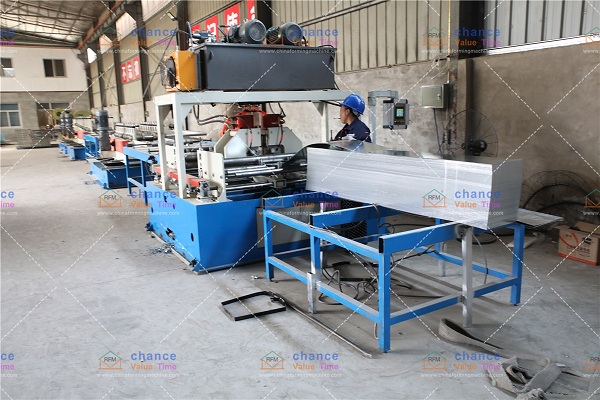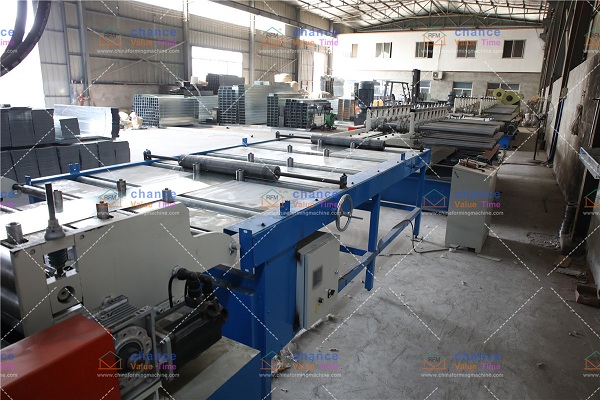Cable tray equipment
Cable tray installation The installation of cable tray mainly includes ceiling installation, horizontal and vertical installation along the wall, installation along the vertical shaft, installation along the ground, installation along the cable trench and pipeline support, etc. The supporting (hanging) frame used for installation can be finished or self-made. The fixing methods of the support (hanging) frame mainly include welding on the embedded iron parts and fixing with expansion bolts. Construction shall be carried out according to standard design, and the general requirements are as follows.
Metal wire slot wiring 1. Metal wire slot wiring is suitable for indoor drying in normal environments and places that are not susceptible to mechanical damage, but it should not be used in places where the metal wire slot is severely corroded. 2. All phase wires and neutral wires of the same circuit should be laid in the same metal wire channel. Lines with no anti-interference requirements in the same path can be laid in the same metal trunking. The total cross section (including the outer sheath) of the wires or cables in the trunking should not exceed 20% of the cross section in the trunking. The current-carrying conductor should not exceed 30 root. For control, signal or other similar lines, the total cross-section of the wire or cable should exceed 50% of the cross-section of the duct. 3. When the metal trunking is installed obliquely or vertically, measures should be taken to prevent the wires or cables from moving in the trunking. 4. The wiring from the metal trunking can use metal pipes, rigid plastic pipes, semi-rigid plastic pipes, metal hoses and other wiring methods. There should be no damage to the wire or cable at the lead-out part. 5. The line should be smooth, without distortion or deformation, and the inner wall should be smooth and free of burrs. 6. The metal trunking should be grounded or connected to zero, but it should not be used as the grounding conductor of the equipment.








